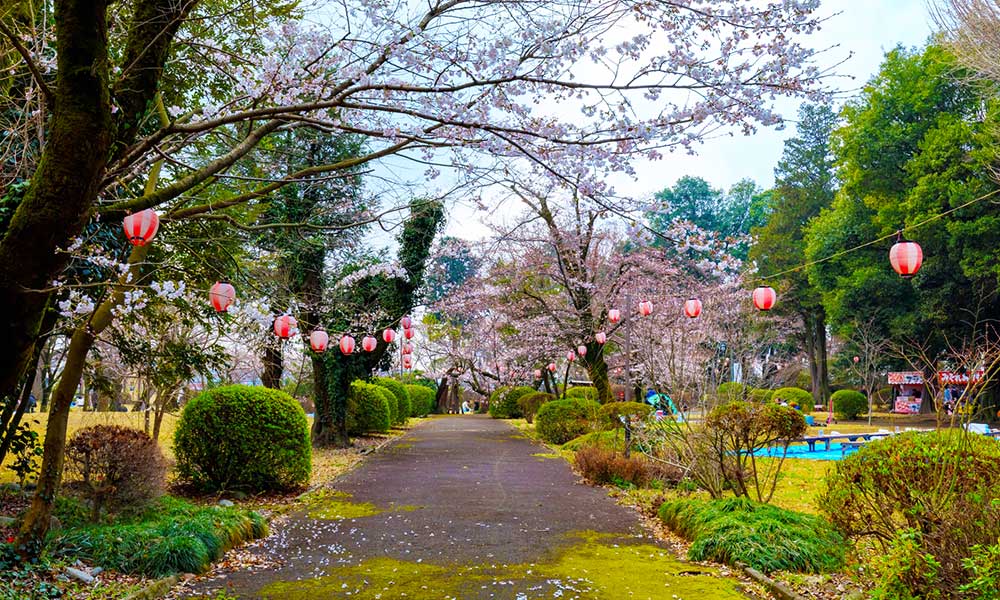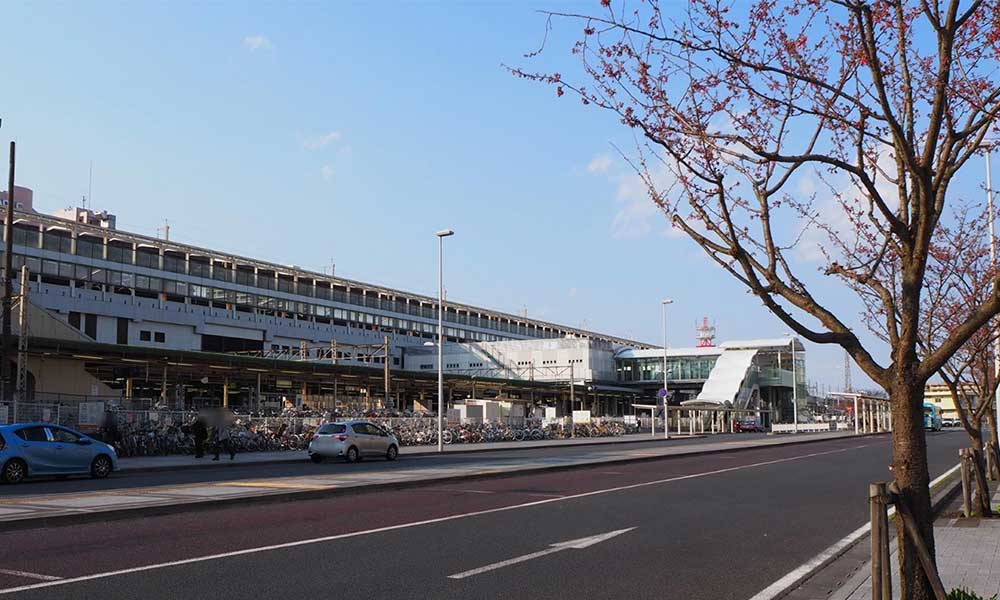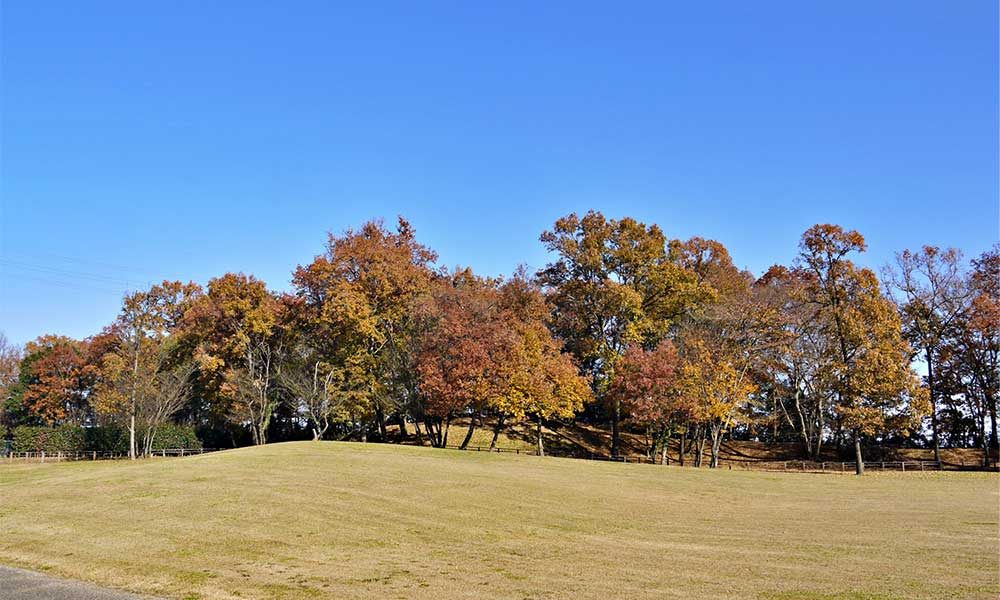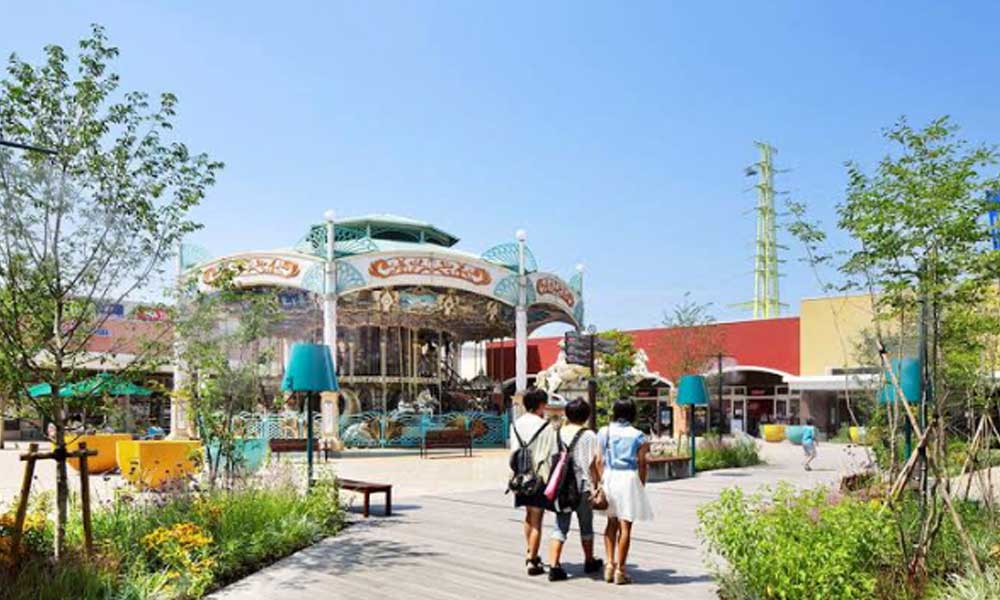Oyama City , Tochigi栃木県小山市
Living in Oyama City, Tochigi

We have Summarized the livability of Oyama City, Tochigi.
SOUTHERN AREA県南地域
CONTENTS
- What kind of place is Oyama City?
- Oyama CityPR video
- How is the traffic situation in Oyama City?
- How are the rent and land prices in Oyama City?
- How is childcare and education in Oyama City?
- How about shopping in Oyama City?
- How about jobs and recruitment in Oyama City?
- Oyama City’s unique subsidy/subsidy system
What kind of place is Oyama City, Tochigi?

Oyama City is a city with a good living environment, commercial facilities and easy access to the city center.
Oyama City is located in the southern part of Tochigi Prefecture, with an area of approximately 171.75 square kilometers.
It borders Shimono City to the north, Moka City, Yuki City in Ibaraki Prefecture, and Chikusei City to the east, Nogi Town and Koga City in Ibaraki Prefecture to the south, and Tochigi City to the west.
The population is approximately 166,000, with about 83,000 households (as of October 2023).
Oyama City lies in the central-western part of the Kanto Plain, characterized by flat terrain, with lowlands along the rivers to the east and west, and plateaus in the central area. The Oshikawa River, a tributary of the Watarase River, flows through the central part of the city, irrigating the surrounding rice fields.
The climate of Oyama City is generally warm, reflecting a slightly inland version of the Pacific climate, with notable features such as the dry northwestern seasonal wind “Nantai Oroshi” in winter and intense thunderstorms common in summer.
The history of Oyama City dates back to the Edo period when it thrived as a post town at a junction of various roads from the Nikkō Highway. In the Meiji period, the opening of several railroads facilitated the flow of people and goods.
In 1954, Oyama City was established through the merger with the adjacent Otani Town, and it has continued to merge with surrounding towns and villages, resulting in its current geography.
Today, Oyama City features a harmonious landscape with farmland in urban areas, abundant water bodies like the Watarase Yusui-chi, and many historical sites such as ancient burial mounds and the Oyama Evaluation, representing a blend of agriculture, industry, and commerce.
A prominent tourist attraction in Oyama City is the Strawberry Village, where visitors can enjoy strawberry picking, as well as harvesting peaches, cherries, and vegetables. The facility also includes restaurants and souvenir shops, providing a theme park-like experience that attracts many tourists throughout the year.
Additionally, the “Oyama Castle Ruins,” selected as one of the “Fujimi Hyakkei” of Kanto, is a popular spot.
It is just a 12-minute walk from JR Mito Line’s “Oyama Station.” Oyama Castle, also known as “Gion Castle,” is situated within Oyama Park, famous for its beautiful cherry blossoms in spring.
The Oyama Summer Festival is a historic event that has been held since 1950. It takes place on the last weekend of July, featuring a spectacular fireworks display of around 20,000 fireworks, including impressive Niagara Falls-like fireworks, making it a major summer event that attracts many visitors from inside and outside the prefecture.
PR video of Oyama City, Tochigi
Would you like to live in the Oyama District Self-sufficiency Area?
Discover “Oyama”! Welcome to Oyama, the town of good fortune
Discover the charms of Oyama, the city of good fortune! ~ Hideo Ishiguro walks through his hometown “Oyama” ~
OYAMA LIFE Do whatever you want, just the right amount
How is the traffic situation in Oyama City?

Oyama City has excellent public transportation and easy access to the city center.
Oyama City is served by the JR Utsunomiya Line, including the Tohoku Main Line, Shonan-Shinjuku Line, and Ueno-Tokyo Line, making commuting to Tokyo possible.
The main station, “Oyama Station,” is a busy stop for the JR Tohoku Main Line, JR Shonan-Shinjuku Line, JR Ueno-Tokyo Line, JR Ryomo Line, JR Mito Line, and the Tohoku Shinkansen, Akita Shinkansen, and Yamagata Shinkansen, serving many commuters daily.
Besides Oyama Station, there is also “Mamada Station” on the JR Utsunomiya Line and “Oshikawa Station” on the JR Ryomo Line.
The major highways running through Oyama City include National Route 4 and New National Route 4, which traverse the city from Nogi Town in the south to Shimono City in the north, and National Route 50, which crosses the city from Yuki City in Ibaraki Prefecture in the east to Tochigi City in the west. These routes are heavily trafficked on a daily basis.
Additionally, Oyama City has a community bus service called O-Bus, offering convenient transportation options with fares of 200 yen for regular routes and 300 yen for demand-responsive services.
There are JR and Shinkansen stations with direct trains to major cities. Public transportation is also well developed, and it is convenient to travel by bus.
Many roads are congested on weekends and holidays. Trucks and other vehicles also pass by every day, so you need to be careful of public accidents.
How are the rent and land prices in Oyama City?
Oyama City provides diverse housing options and price ranges, ensuring a comfortable living environment for families and seniors alike.
According to information from a real estate information website, the average rent in the city for a newly built apartment within a 10-minute walk from the station is about 56,000 yen for a 1K and 81,000 yen for a 2LDK. The average land price per tsubo is about 150,000 yen per tsubo.
Urban development has progressed in Oyama in recent years, with new residential areas and commercial facilities being built. This is expected to improve the living environment and convenience of life.
There are plenty of supermarkets, shopping streets, parks, and leisure spots. Medical facilities, schools, and public facilities are also in place, making it a comfortable place to live.
Oyama City is also an area with many rivers. It is important to check the hazard map and raise disaster prevention awareness.
How is childcare and education in Oyama City?

Oyama City offers a safe environment for families, featuring education, medical care, welfare services, and playgrounds for children.
Oyama City has 34 nursery schools, 20 kindergartens, 25 elementary schools, 10 junior high schools, 6 high schools, 3 junior colleges/universities, and 5 vocational schools.
The Child Medical Expense Subsidy Program provides full support for children under 18 years old (until March 31 after turning 18) for both outpatient and inpatient care.
Child allowances are given as follows: ¥15,000 for children under 3 years, ¥10,000 for the first and second child ages 3 to before elementary school, ¥15,000 for the third and subsequent children, and ¥10,000 for junior high school students.
Oyama City offers various unique support programs.
The childbirth and child-rearing support payment includes a ¥50,000 gift for childbirth and another ¥50,000 for child-rearing under the Childbirth and Child-Rearing Support Gift program.
The Home Visit for Infant Families program sends a specialist to visit homes, checking on the baby’s condition and providing parenting information. After answering a subsequent survey, families receive Oyama City’s specialty items, such as 2kg of “Fuyumizutanbo Rice” (organic rice) and a tote bag with diapers.
Oyama City also has plenty of facilities for parents and children to enjoy together.
Various facilities, including child-rearing support centers, are available, with Kids Land Oyama being particularly popular. Located directly connected to JR Oyama Station in the Robre Building, it is an indoor playground for infants to elementary school children. The facility features areas like the “Active Zone,” “Ball Pool Zone,” “Baby Zone,” and “Picture Book Corner,” allowing children to play in age-appropriate sections while serving as a place for social interaction among peers.
There are many public facilities, such as parks where children can play. Oyama City has a wide range of educational institutions, including kindergartens, nursery schools, elementary and junior high schools, and high schools. There are also many public and private schools in each area, so there are plenty of options.
In some areas, schools are far away, and there are many roads with heavy traffic and few streetlights. There may be children on waiting lists for nursery schools compared to the capacity of the schools. It can be difficult to get into popular nursery schools and kindergartens.
How about shopping in Oyama City?

Oyama City features commercial facilities, shopping streets, and outlet malls, attracting many visitors from nearby areas.
Oyama City is centered around Oyama Station, where various stores are concentrated.
VAL Oyama is a commercial facility directly connected to JR Oyama Station, featuring a variety of shops, including grocery stores, household goods, and restaurants. It also has a café, making it a popular spot for customers during their train waits.
Oyama Yuen Harvest Walk is a shopping center opened in 2007 on the site of the former Oyama Amusement Park. It houses about 70 stores, including grocery supermarkets, electronics retailers, and a movie theater, making it a convenient shopping destination.
Michi-no-Eki Omoi River is located along National Route 50, offering fresh local produce, dining options featuring the local brand beef “Oyama Wagyu,” and cakes made with local strawberries, providing plenty of attractions.
Additionally, there are about 16 supermarkets in the city, including Taiyara and Torisen.
There are many places where you can buy daily necessities, so you will not have any trouble with daily shopping. Development is progressing, so there is a possibility that more shopping spots will be added in the future.
There are few stylish restaurants and places to buy clothes.
How about jobs and recruitment in Oyama City?
Oyama City boasts convenient transportation and utilizes local resources, leading to diverse industries and ample job opportunities.
The average annual income in Oyama City is 3.35 million yen.
30% of the population in the city is employed in the secondary industry, and industrial complexes centered on the construction and manufacturing industries have developed.
Specifically, there are many relatively large factories producing automobile parts, metals, construction machinery, etc., and many blue-chip companies are located here, making it an area rich in employment opportunities.
In Oyama City, job openings can be found in a variety of industries, including commercial facilities, manufacturing, and medical and welfare-related industries. There are many companies and service industries that are closely tied to the local community, and there tends to be a lot of job openings in related industries.
Although public transportation is well established in Oyama City, access may be less convenient than in the city center or surrounding areas. You may feel restricted by transportation means and time when commuting to work or school.
Oyama City, Tochigi’s unique subsidy/subsidy system
Oyama City, Tochigi’s unique relocation assistance and relocation subsidy system
| Oyama City Migration Support Fund Oyama City Housing Acquisition Subsidy for New Residents and Workers Oyama City Shinkansen Commuter Pass Purchase Subsidy Oyama Living Trial House |
Oyama City, Tochigi’s unique housing assistance and subsidy system
Oyama City, Tochigi’s unique childcare support system
Oyama City, Tochigi’s unique system for further education and tuition assistance/subsidies
| School Assistance Program Oyama City Scholarship Oyama Hometown Future Scholarship |








